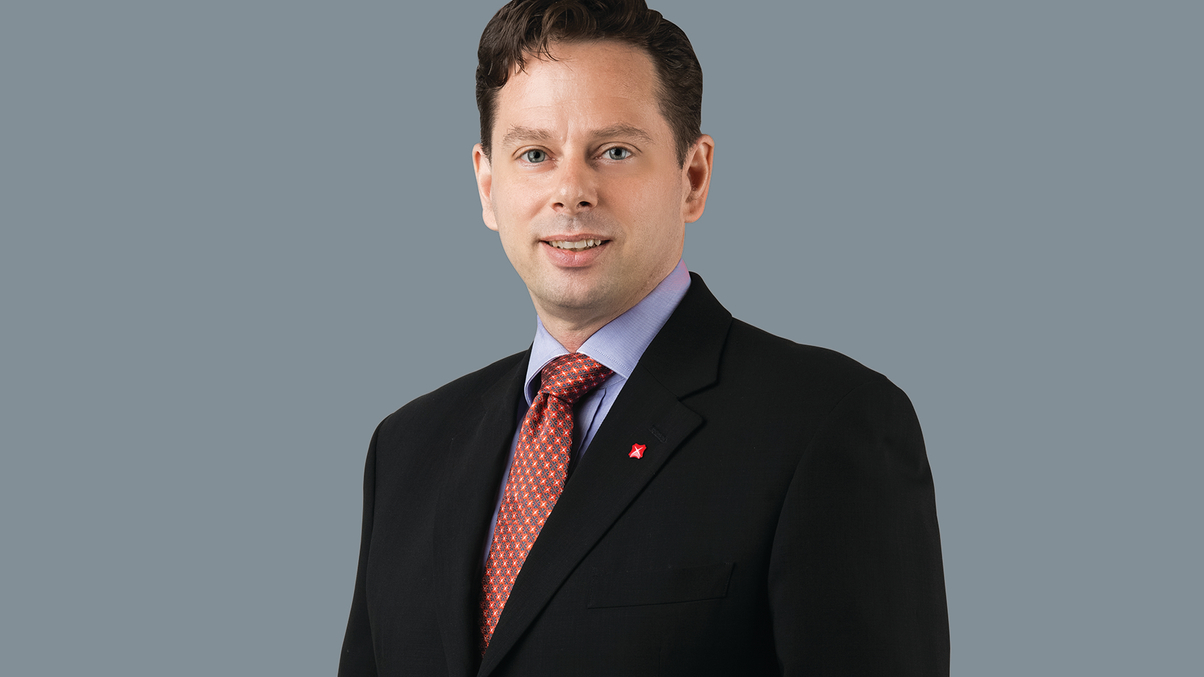Battling behavioural bias: DBS and fund selection
Pierre DeGagne explains the fund selection process of DBS Private Bank, the importance of spotting behavioural biases and how those biases can undermine fund selection.

Pierre DeGagne is responsible for DBS Private Bank’s selection of funds in both the traditional and alternative assets space. The Singapore-based funds specialist identifies, reviews and communicates the bank’s investment convictions to investors across multiple channels.
Sign in to read on!
Registered users get 2 free articles in 30 days.
Subscribers have full unlimited access to AsianInvestor
Not signed up? New users get 2 free articles per month, plus a 7-day unlimited free trial.
¬ Haymarket Media Limited. All rights reserved.


